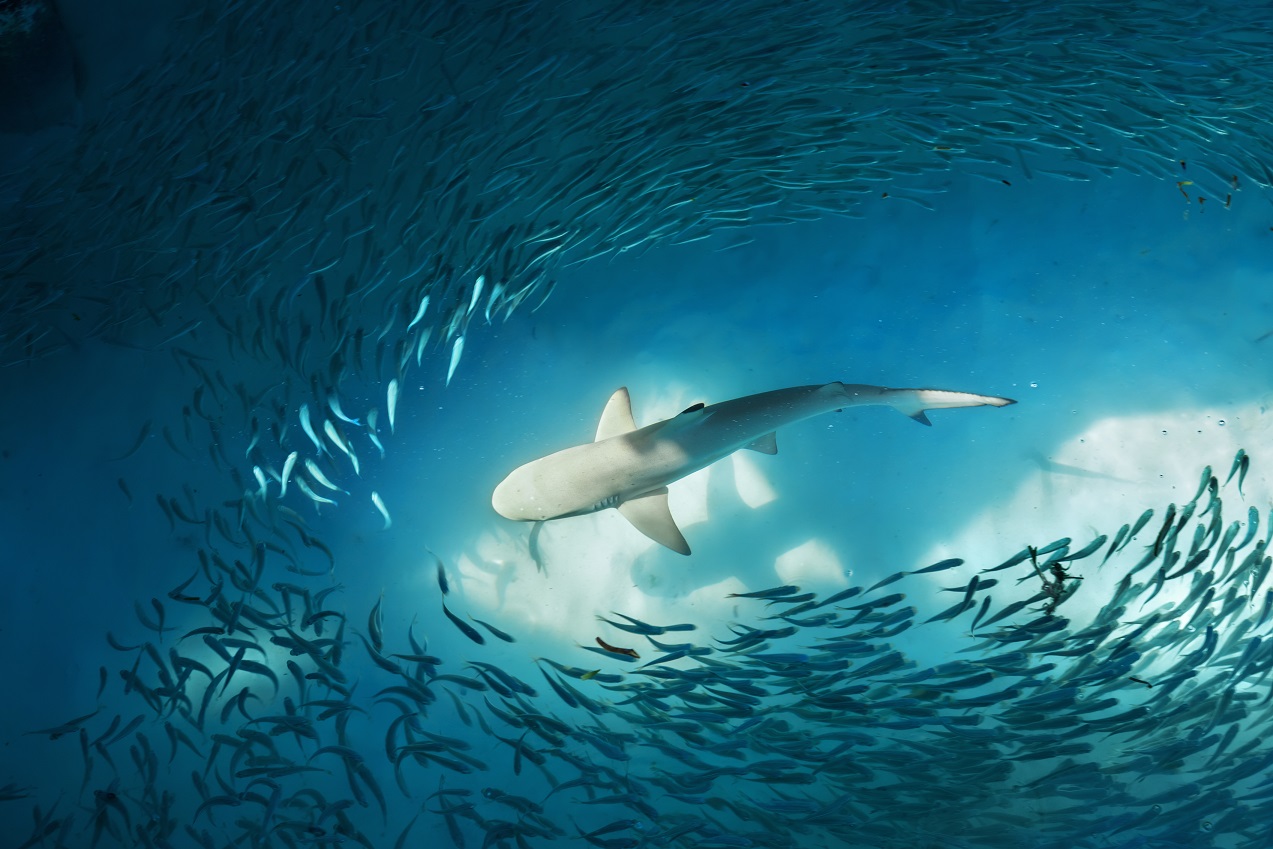
In case you missed it, here's what we’ve been up to in October, and the achievements we’re celebrating...
A new ecological modelling study predicts that elevated warming, and changes in marine nutrient and food availability, will create a more marked decline in animal biomass in the world’s oceans than previously assessed.
How marine ecosystems will respond to climate change, especially at a regional scale, remains uncertain. The study highlights that reducing this uncertainty will support urgent and better adaptation planning.
IMAS researchers were part of the international team for this important study, which represents a major contribution to the IPCC-AR6 report out next year. Read more
Image: Shutterstock
MAKING AN IMPACT
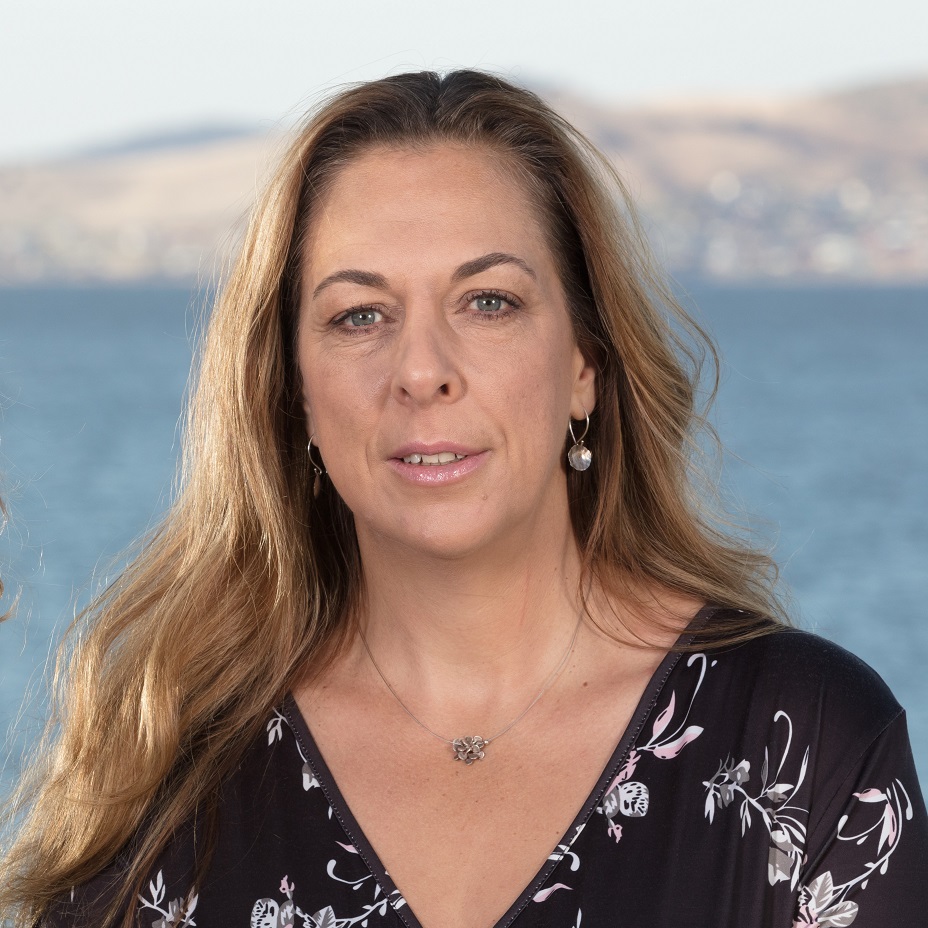 IMAS marine ecologist, Professor Gretta Pecl was one of four outstanding finalists for the prestigious 2022 Tasmanian Australian of the Year announced this month.
IMAS marine ecologist, Professor Gretta Pecl was one of four outstanding finalists for the prestigious 2022 Tasmanian Australian of the Year announced this month.
Professor Pecl said it was an honour to be recognised for her work to establish the Australian citizen science Range Extension Database and Mapping program, Redmap – an initiative that continues to bring citizen scientists and researchers together to find out what’s on the move in Australia’s vast oceans.
The 2022 Tasmanian Australian of the Year went to Craig Leeson, who's first feature-length doco in 2017, A Plastic Ocean, helped launch global impetus for change to save our oceans from plastic pollution – an issue our researchers are immersed in here at IMAS! Read more
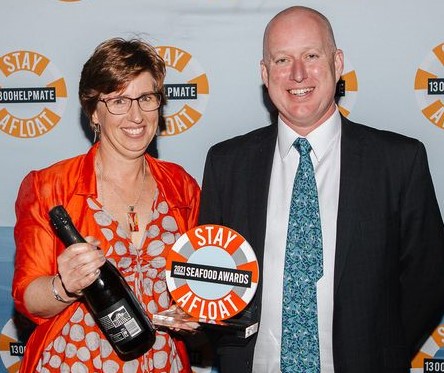 IMAS researcher Alison Turnbull’s innovative work to help improve oyster and rock lobster food safety and market access has seen her recognised with the TSIC Seafood Research and Development award 2021.
IMAS researcher Alison Turnbull’s innovative work to help improve oyster and rock lobster food safety and market access has seen her recognised with the TSIC Seafood Research and Development award 2021.
The honour acknowledges Alison's research to improve risk management techniques for microbial and biotoxin contamination in the seafood industry, which is influencing policy change and assisting with market access.
Alison is currently helping the oyster industry with managing risk during environmental events and working to open up new seafood markets. She's also focusing on managing the impact of biotoxins in both the oyster and rock lobster sectors.
Images: Top - Gretta Pecl; Bottom - Alison Turnbull with Joska Ferencz from Basslink (Photo: Nina Hamilton)
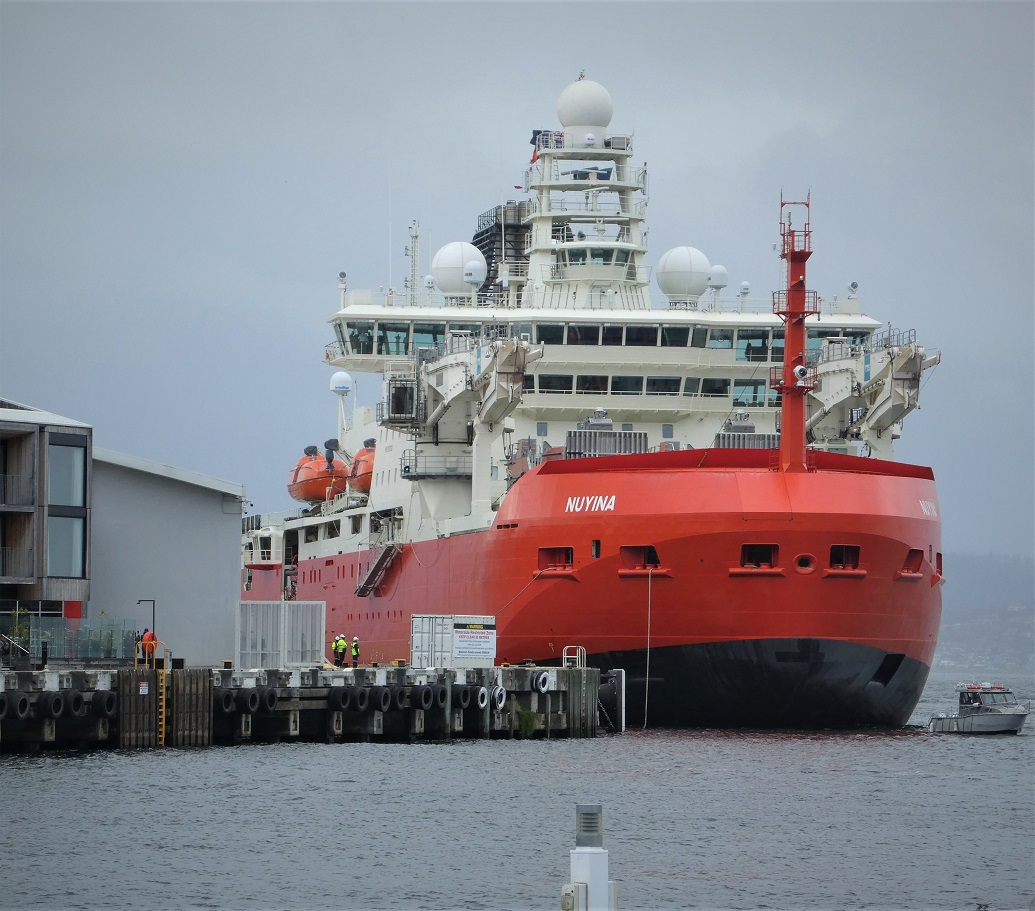 With its unparalleled scientific, cargo and icebreaking capability, RSV Nuyina’s arrival this month was an exciting moment for our Antarctic research community here in Hobart.
With its unparalleled scientific, cargo and icebreaking capability, RSV Nuyina’s arrival this month was an exciting moment for our Antarctic research community here in Hobart.
The new icebreaker will provide a world-class scientific platform for Antarctic researchers, with cutting-edge equipment to study the depths of the Southern Ocean, the sea-ice and the upper atmosphere.
IMAS oceanographer, Professor Philip Boyd, has led more than six voyages to Antarctica, and joined many on the iconic RSV Aurora Australis.
“Our two new programs – AAPP and ACEAS – have developed ambitious transdisciplinary research that will really benefit from the latest technologies and increased research capabilities of the new icebreaker,” said Phil, who is particularly interested in linking upper ocean processes with those in the underlying Twilight Zone.
RSV Nuyina (noy-yee-nah) will support Australian Antarctic Program science and resupply Australia's Antarctic research stations - and our IMAS researchers are looking forward to joining future expeditions.
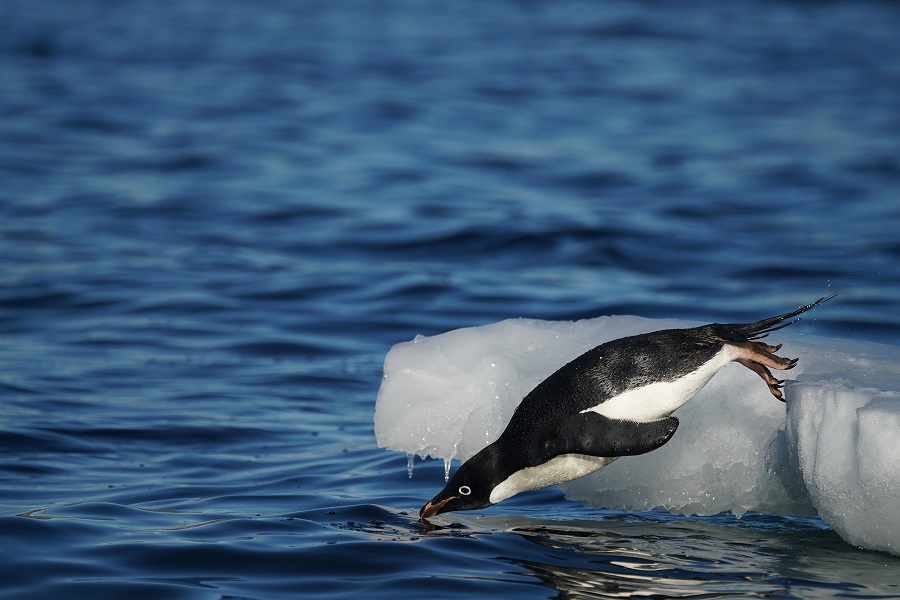 The foraging behaviour of Adélie penguins reveals krill availability and broader ecosystem structure and functioning, making them one of the Southern Ocean’s important ecosystem indicator species.
The foraging behaviour of Adélie penguins reveals krill availability and broader ecosystem structure and functioning, making them one of the Southern Ocean’s important ecosystem indicator species.
A new IMAS PhD study has shown the three-dimensional foraging behaviour of Adélie penguins – and it could influence future Southern Ocean conservation planning and resource management.
Find out why looking at both horizontal and diving movements has given valuable insights into the habitat use and foraging hotspots of Adélie penguins: Learn more
Image: The foraging behaviour of Adélie penguins affects their breeding success and ultimately drives population trends and characteristics (Photo © Marcus Salton / Australian Antarctic Division)
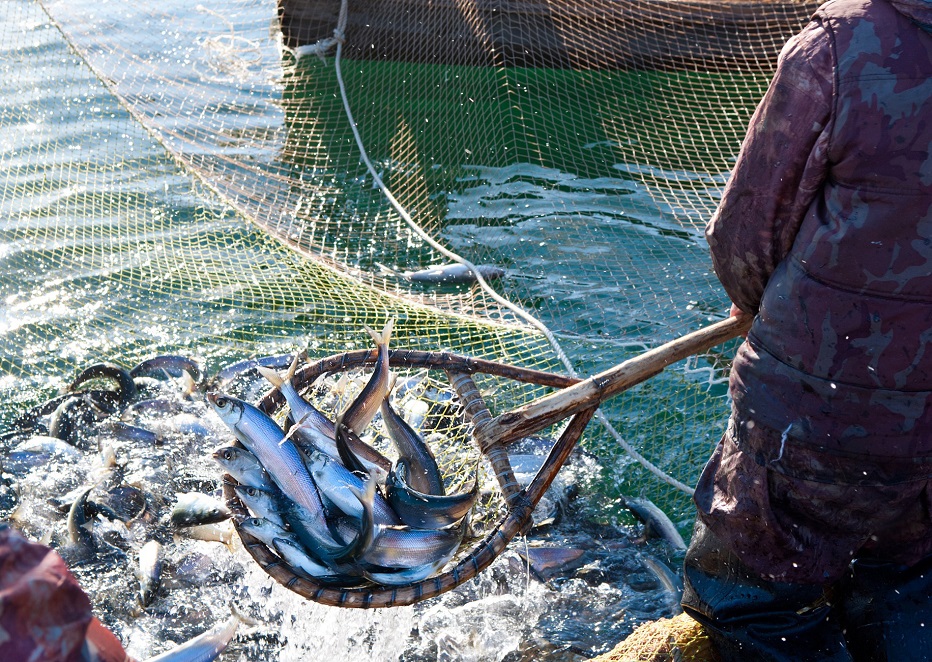 ECONOMIC CONTRIBUTION OF FISHERIES AND AQUACULTURE IN TASMANIA
ECONOMIC CONTRIBUTION OF FISHERIES AND AQUACULTURE IN TASMANIANew IMAS research has found Tasmania’s key fisheries and aquaculture sectors contributed close to $900 million towards the state’s economy in 2018/19, with the data set to help track the impacts of COVID-19 on industry in future years.
The recently released Tasmanian Fisheries and Aquaculture Industry: Economic Contributions report assesses the state’s six key sectors, including salmon aquaculture, rock lobster and scalefish fisheries, wild abalone and abalone aquaculture, and Pacific oyster aquaculture.
“By identifying the contribution of each sector to Tasmania’s economy, this report can help contribute to managing natural resources,” Project Leader, Dr Steven Rust said. “This is important as these industries are all accessing a public resource.” Read more
A Black rockcod investigates the basket of fishy-snacks attached to a baited remote underwater video (BRUV) system. Lord Howe moray eels slide out from their coral hiding spots to check out what’s on offer. They’re joined by curious fish that live and feed among the coral and along the seafloor. Sharks slowly cruise past, and a stingray glides in to see what the fuss is about...
This is just a snapshot of the underwater action our IMAS researchers captured in the deeper sunlit ‘mesophotic’ ecosystems of the Elizabeth and Middleton Reefs in the Lord Howe Marine Park.
Our researchers travelled to the world’s southern-most coral reefs aboard the Australian Maritime College vessel, TV Bluefin, as partners in a major Geoscience Australia-led NESP Marine Biodiversity Hub expedition to map and sample the two isolated seamounts.
What did researchers learn and why is it important? Read more or dive in (below) to catch cod, sharks and other fascinating creatures captured in our BRUV footage.
Don’t miss a thing – follow us on Facebook, Twitter and Instagram.
Published 2 November 2021